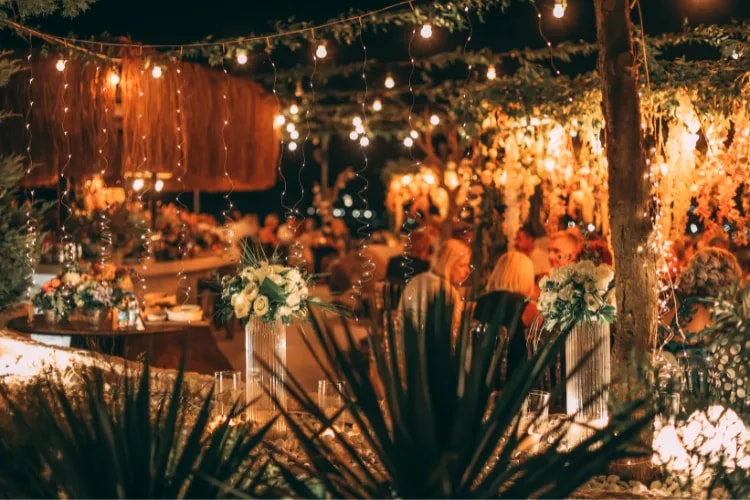
In a market where diners crave memorable experiences as much as great food, restaurant event ideas aren’t a nice-to-have—they’re a growth lever. From themed dinners to trivia nights, the right events can turn slow weeknights into sellouts and first-time visitors into regulars.
The National Restaurant Association projects robust industry sales and emphasizes the power of on‑premise experiences to differentiate brands and build loyalty.
Restaurant events do more than fill seats. They give guests a reason to choose you now and come back often. Here are the core benefits:
Increased revenue and bookings: Lift mid-week covers, extend dwell time, and boost check averages with thoughtful programming and upsells.
Attract new customers: Events give locals a low-friction reason to try you for the first time.
Build loyalty: Shared experiences foster community and repeat visits—especially when you recognize regulars or members.
Create a unique dining experience: Stand out with immersive themes, education, music, or friendly competition.
The Loopyah Content Team shares expert insights, practical guides, and industry updates to help event organizers create unforgettable experiences and stay ahead in the event planning world.
planning
Boost brand awareness: Photo-worthy moments, livestreams, and UGC amplify your reach far beyond the room.
Transport guests with a cohesive theme—menu, music, decor, dress code, and entertainment. From Italian Nonna’s Table to a Mexican fiesta or plant-based night, the more immersive your concept, the more it justifies a premium and drives mid‑week bookings.
Example: Host a “Roaring 20s” speakeasy dinner—jazz trio, low-lit ambiance, flapper-era cocktails, and a prix-fixe menu with tableside theatrics. Encourage costumes and offer a best-dressed prize.
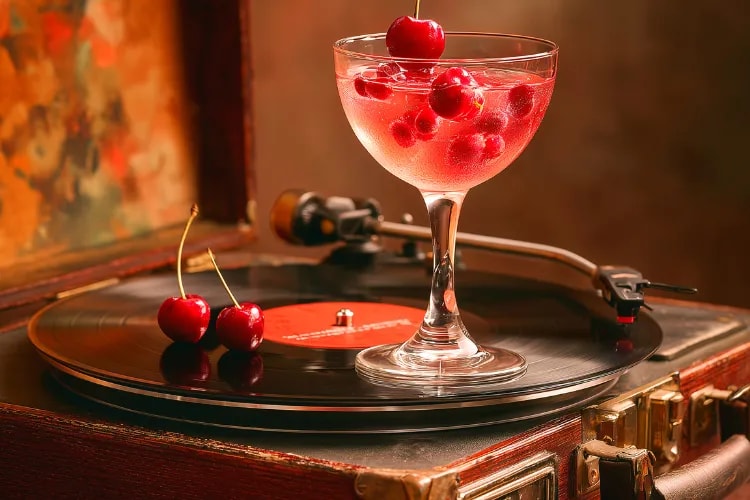
How to run it:
Menu: Build a limited, high-margin prix-fixe with optional add-ons (oyster towers, wine pairings).
Ambiance: Align playlist/entertainment, lighting, signage, tableware, and staff outfits with the theme.
Ticketing: Pre-sell seats to reduce no-shows and forecast spend. Sell tickets here to lock in revenue and gather attendee details.
Curated live music creates an energy lift that keeps guests around for dessert and one more round. Match genres to your brand—acoustic singer-songwriter for a cozy bistro, jazz for a cocktail den, blues or soul for a neighborhood grill.
“Nearly 80% of guests say they’d stay longer with good music, and around 60% would order more.” Source.
Make it work:
Calendar: Anchor a weekly or biweekly series to build habit. Rotate local acts and highlight them on social.
Sound + seating: Aim for an intimate volume that adds vibe without drowning conversation. Offer front-row tables as premium reservations.
Promote in advance: Post set lists, short clips, and limited “VIP table” holds to spark urgency.
Bring discovery to the table with guided tastings. Partner with a local winery, brewery, or distributor to curate flights and stories that your guests won’t find at home.
Execution tips:
Format: Offer 4–6 pours with tasting notes and optional small-bite pairings. Cap attendance to preserve the experience.
Education: Invite the winemaker/brewer or your beverage manager to lead, weaving in origin, style, and pairing tips.
Presales: Use ticketing with tiered options (standard, pairing flight, take-home bottle) to maximize revenue and reduce waste. Set up your ticket types ahead of time.
Capitalize on the rise of experiential dining with intimate cooking classes or chef demos. Teach a signature dish, then sit guests down to enjoy the meal together—complete with recipe cards they’ll cherish at home.
How to structure it:
Capacity and flow: 8–16 participants works well for hands-on; larger is fine for demo-style with camera and screens.
Add-ons: Sell signed cookbooks, spice kits, or future class bundles at checkout.
Planning: Use a detailed run of show, prep lists, and staffing checklist to keep it smooth. Reference our complete event planning checklist for step-by-step guidance.
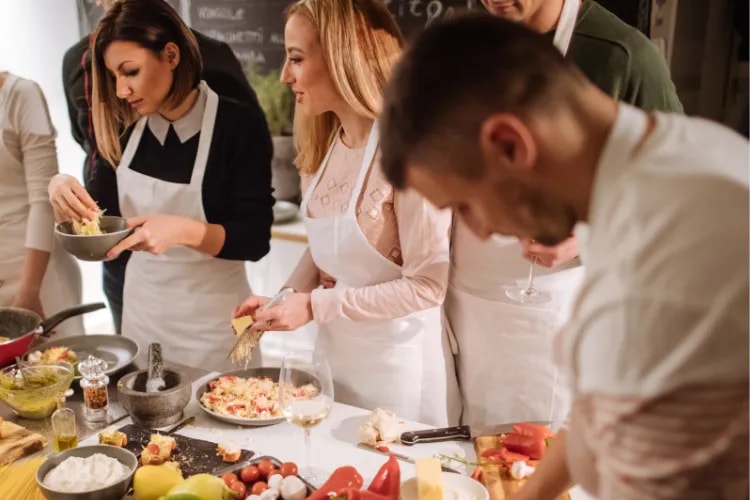
Dating-focused events can turn a regular night into a memorable experience, whether it's for couples or singles ready to mingle. Restaurants are the perfect setting for connection, conversation, and ambiance — use that to your advantage.
Example:
Host a “Speed Dating & Small Plates” night, where singles rotate tables between tapas courses. Or create a “Date Night Prix-Fixe” for couples with candlelit tables, shareable desserts, and optional wine pairings.
Pro tips:
Partner with local dating apps or matchmakers to promote the event and bring in a curated crowd.
Include conversation starters on tables to ease the awkwardness — great for singles and even couples on a first date.
Offer a photo booth or professional photo moment to encourage Instagram shares and UGC.
Purpose builds trust and goodwill. Host a give-back night with a clear percentage of sales donated to a local cause. Invite the organization to help promote, bring volunteers, and speak briefly to guests.
Make impact visible: Track the total raised, share photos, and spotlight outcomes (e.g., meals funded, instruments purchased for a school). Consider a monthly series that rotates causes to deepen community ties.
A recurring trivia or game night is a proven mid-week draw. It creates a friendly, competitive vibe that encourages group bookings and rounds of sharables.
How to keep it fresh:
Themes: Rotate topics (pop culture, decades, sports, foodie trivia). Add bonus visual/audio rounds.
Prizes: Keep costs low with house gift cards, swag, or sponsored items.
Loyalty: Track team names and seed a leaderboard. Offer a championship night each quarter.
Turn each new season into a launch moment. Host a preview party with a tasting flight of new dishes and cocktails, chef storytelling, and a limited merch drop (e.g., take-home sauces or spice blends).
To drive attendance and repeat visits:
Early access: Invite VIPs and top loyalty members first for exclusivity.
Bundles: Offer an add-on “season pass” for a discounted ticket to the next three menu launches.
Targeted invites: Re-engage past event attendees and regulars with segmented email. Email your event guests to announce early-bird access and limited seats.
When the weather warms, your patio is an activation stage. Think acoustic sunset sessions, backyard-style grill pop-ups, rosé-on-tap happy hours, lawn games, and family-friendly Sundays.
Patio playbook:
Comfort: Shade, heaters, blankets, bug control, and clear weather contingencies.
Flex menu: Skew toward shareables, grill specialties, and pitcher cocktails to increase average check and speed of service.
Neighborhood buzz: Tease lineups and limited patio-only dishes to create FOMO.
Even the best concepts need a promotion engine. Start three to four weeks out with a save-the-date, then layer on short-form video, behind-the-scenes prep, and early-bird holds.
For music and ticketed experiences, spotlight the talent or maker, show the menu highlights, and make the “limited seats” message prominent. If you’re measuring what works, you’ll see the compounding effect of consistent storytelling.
Turn One-Offs into a Year-Round Event Calendar.
These nine restaurant event ideas—theme nights, live music, tastings, classes, holiday celebrations, charity nights, trivia, seasonal launches, and patio parties—can transform your demand curve. Start with one or two formats, iterate on guest feedback, and build a recurring schedule that your regulars plan around.
When you package memorable experiences with smart promotion and streamlined ticketing, you’ll boost bookings and bring in crowds—week after week.
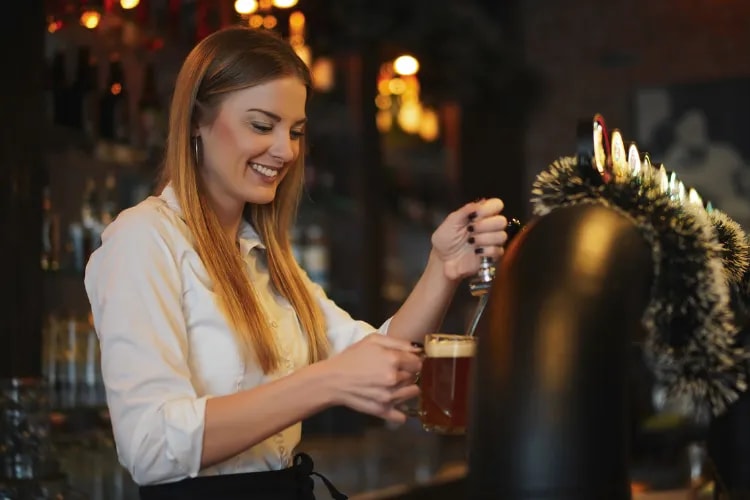
planning



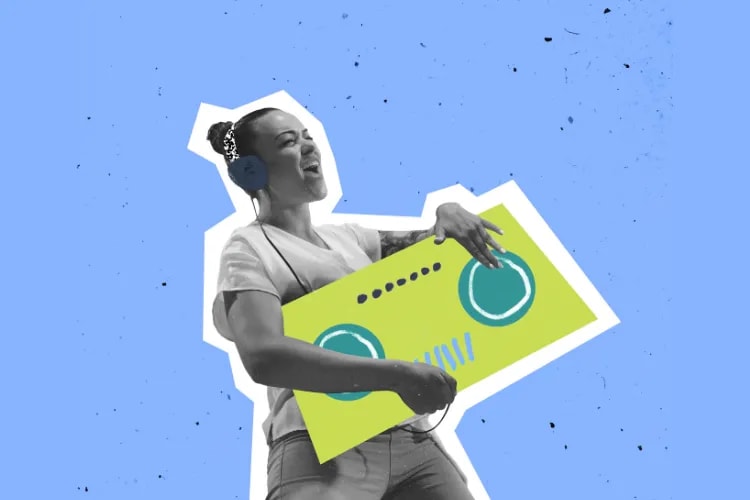





planning
planning
planning
planning
marketing
selling
planning
selling
planning